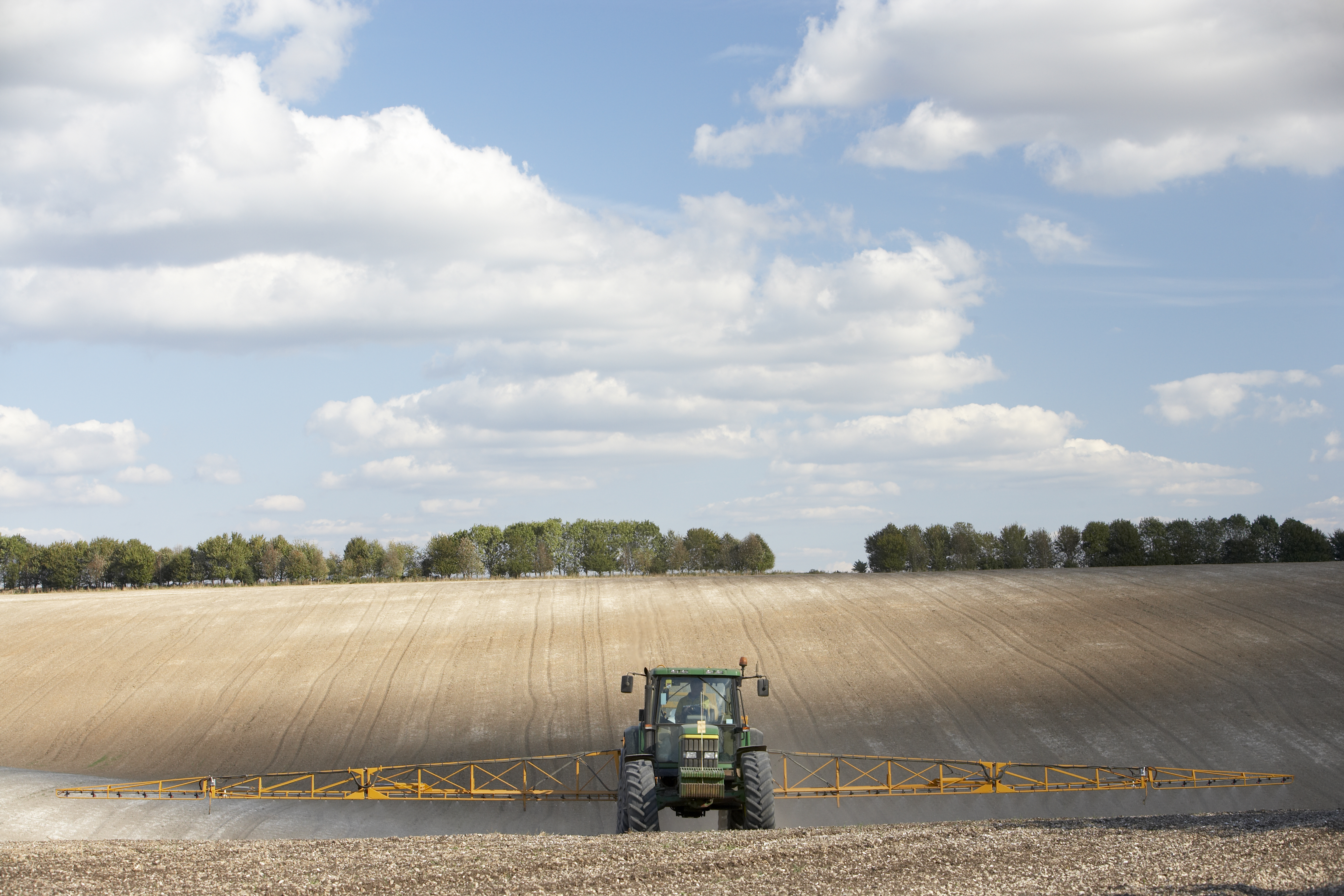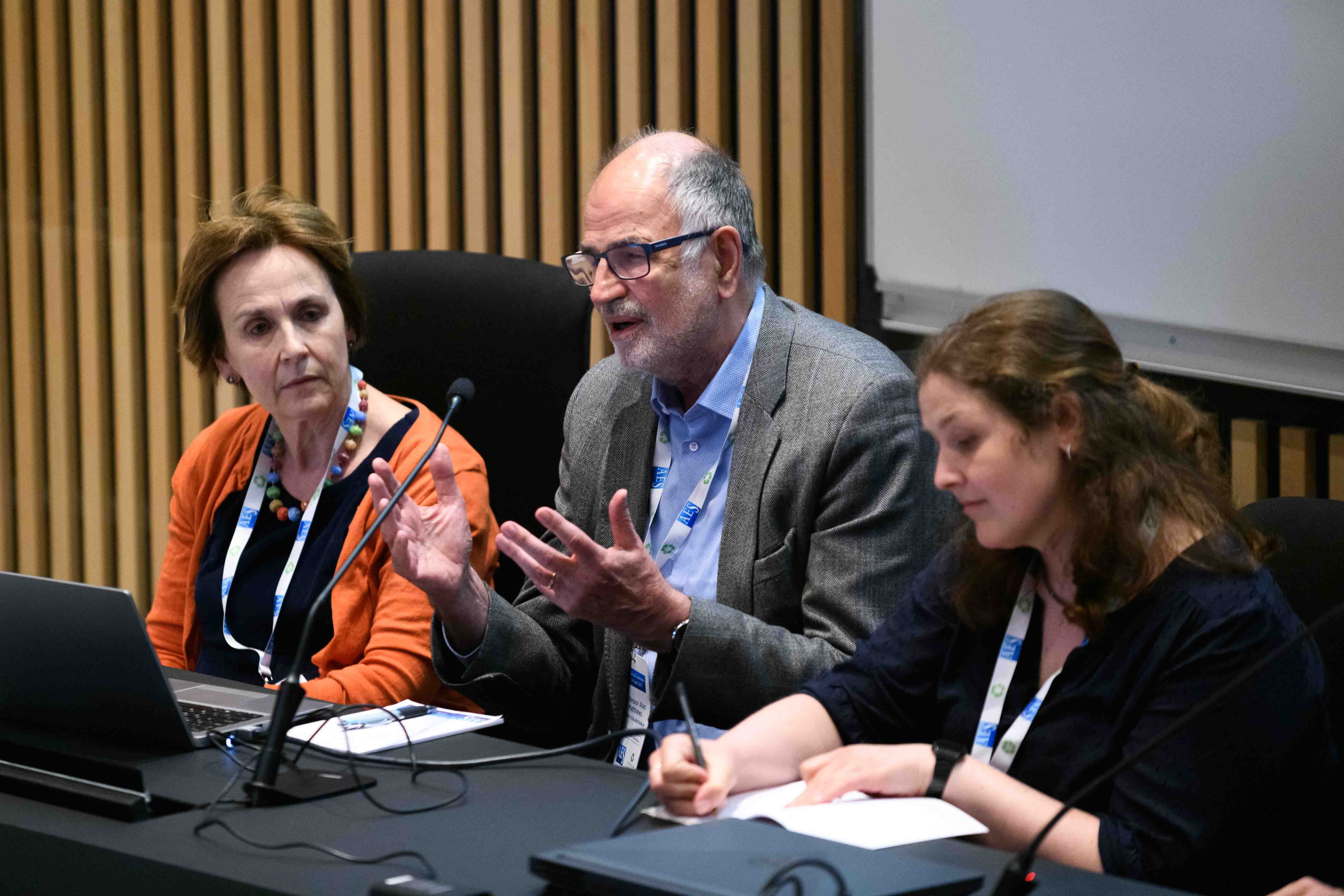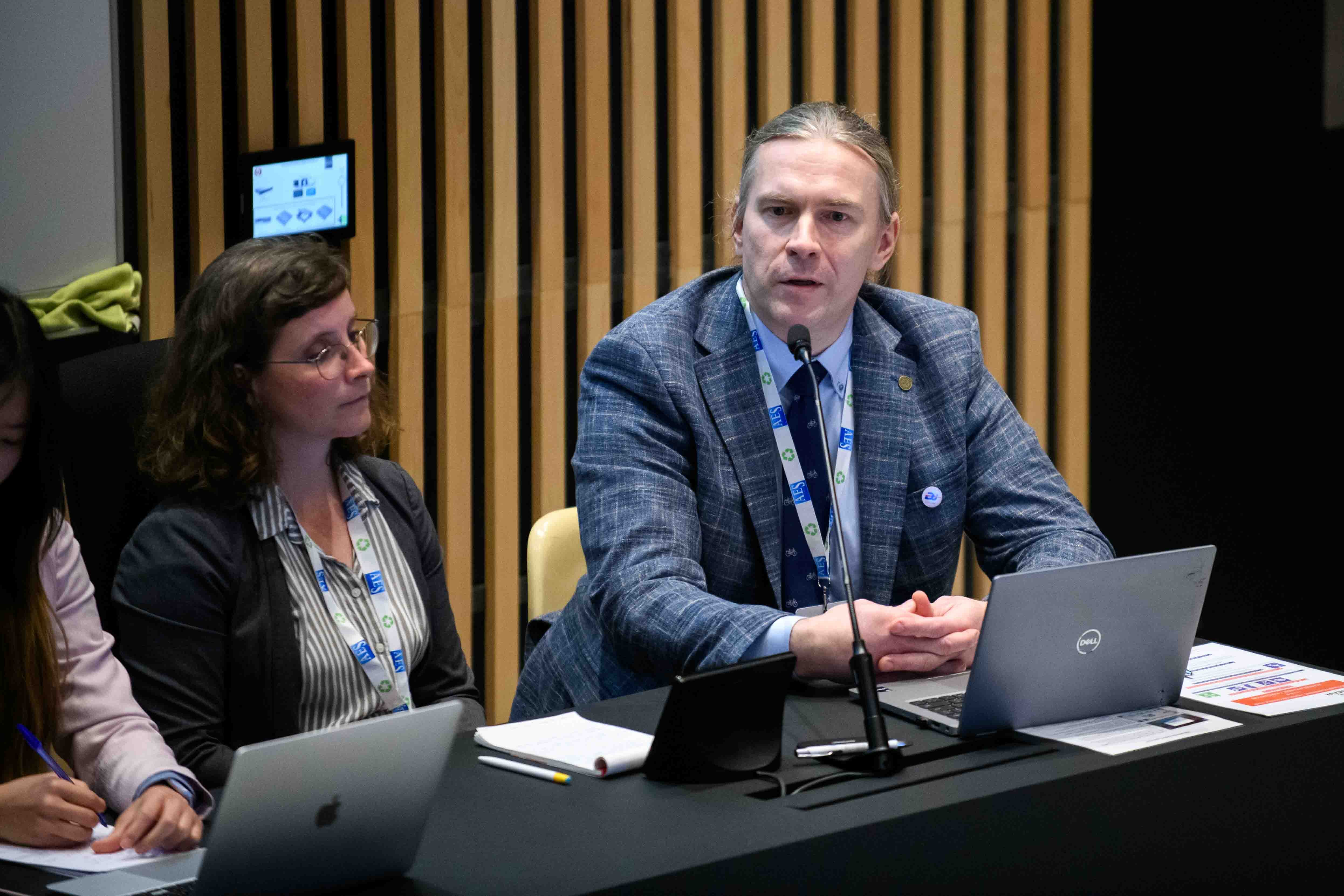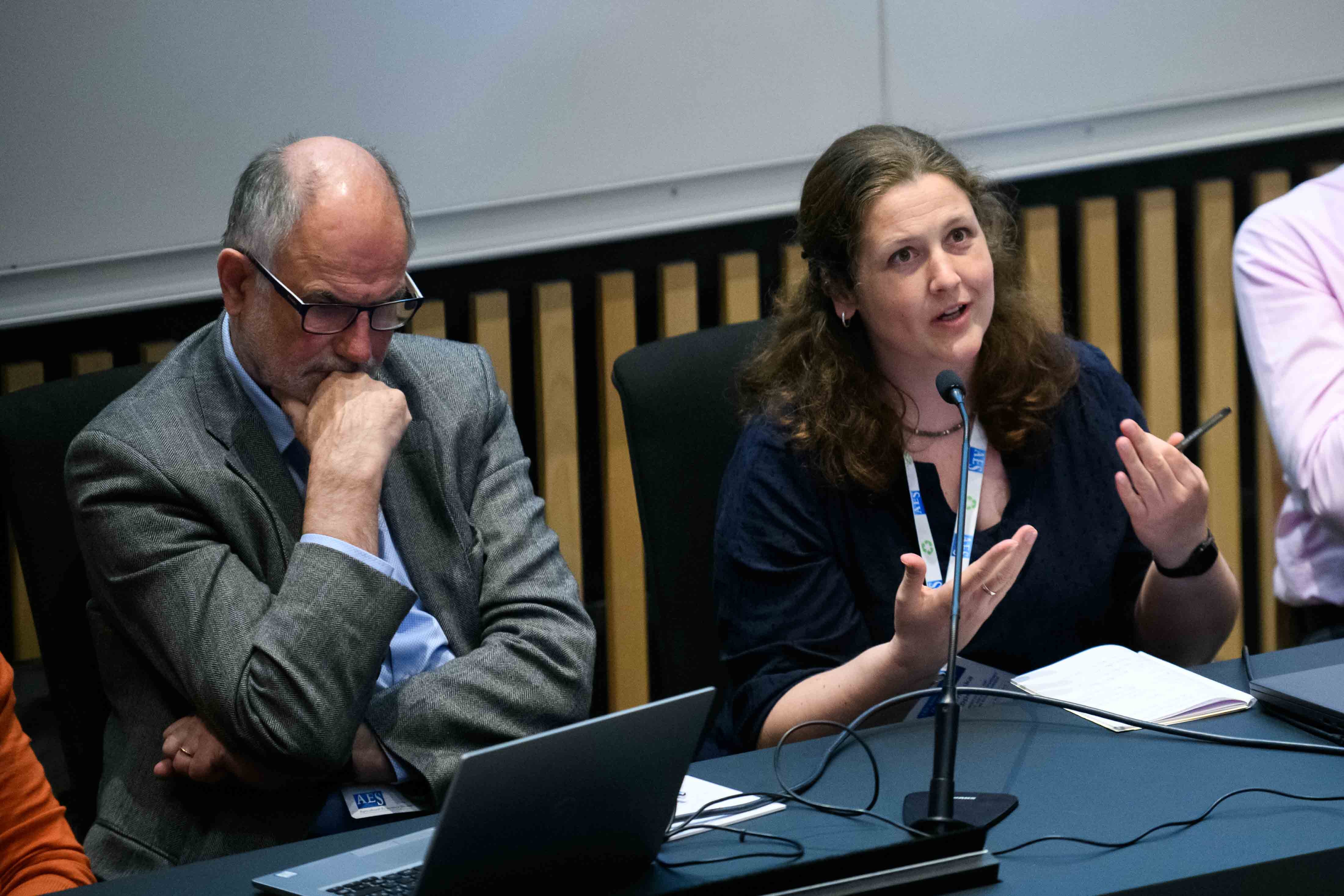Potential Solutions and the Role of Policy for Energy Resilience
Part 2 of Our “Securing European Agriculture” Session Insights - In the
second part of our session, which focused on the challenge of energy resilience, our panellists
explored potential solutions.

Tractor Spraying Field by monkeybusiness
Q3: What role can the Common Agricultural Policy (CAP) play in shaping the transition?
Alan Matthews, professor emeritus of European Agricultural Policy at the Trinity College Dublin, opened this second block of discussions emphasising that the CAP must go beyond compliance and truly incentivize farmers to “do the right thing.”
“It’s not just about subsidies,” he said, “but about aligning sustainability goals with real farm-level decision-making.”
He also remarked on the potential of private financing mechanisms as complements to public funds, noting that carbon markets and ESG-driven investment can be harnessed to support sustainability transitions.
Deborah Roberts, deputy CEO and director of science at the James Hutton Institute, agreed but cautioned against a one-size-fits-all approach.
“Fossil fuels and mineral fertilisers aren’t just technical inputs—they’re politically sensitive levers that shape food systems,” she noted.
She called for better policy targeting based on farmers’ capacity to adapt and reminded participants that "there is no single agricultural sector." Policy needs to account for the diversity of farming systems, regional conditions, and structural inequalities.

Left to right: Deborah Roberts (James Hutton Institute), Alan Matthews (Trinity College Dublin), Franziska Appel (IAMO)
Q4: What technological innovations hold the most promise for energy resilience?
Adam Was, from Warsaw Life Sciences University, shared findings from the work carried in AgEnRes, including an inventory of energy use in EU agriculture, complemented by a stakeholder workshop to identify high-impact innovations:
- Tillage and harvesting are the most energy- and fossil fuel-intensive processes. Solutions include no-till/reduced-till systems and optimized machinery to reduce diesel use.
- In livestock farming -especially poultry and pigs-, energy efficiency can be enhanced with improvements in heating and ventilation, such as heat pumps and heat recuperation systems for barns.
- On the fertiliser front, he noted the high indirect energy cost of nitrogen production:
“Green hydrogen -produced using renewable energy resources - offers potential to replace natural gas, but energy conversion inefficiencies remain a concern,” Adam explained.
-
Agrivoltaics (combining photovoltaic panels with crop production) was highlighted as a particularly promising innovation.
“They don’t just generate electricity; they protect crops from extreme heat, improving resilience,” he noted.

Adam Was (Warsaw University of Life Sciences)
Laura Moritz added to the discussion by reflecting on the willingness of farmers to adopt these innovations, to which she pointed out three critical barriers:
- Heterogeneity in fertilisation levels and use of fossil fuels between farms
- Energy price disparities across EU countries
- Behavioural resistance to change, especially risk aversion, which hinders organic fertiliser adoption.
She also called for more behavioural research:
“Can we go beyond expected utility theory? We need deeper insight into the drivers behind farmers’ decisions.”
Q5: What roles do financial risk management tools play in the transition?
Coco Wang offered her take on designing financial tools that are fit for purpose:
- Risk management tools should be tailored to different countries and farm sectors.
- It may be helpful to cluster countries with similar risk preferences when designing support schemes, but
- Beware of overgeneralizing:
“Don’t assume that all farmers become more risk-averse after a market disruption, such as an energy price shock,” Coco warned, “otherwise, it might lead to incorrect tool design and lower adoption rates.”
She stressed the importance of cross-validating the degree of risk-aversion:
“We must interpret the risk preferences investigated by secondary data carefully, making sure to always conduct robustness analysis to double check the results, for example, using surveys.”
Q6: What policy measures are needed to ensure effective widespread adoption of these innovations?
Franziska Appel, from IAMO, cautioned that the focus of the measures should be on the function (food production, ecosystem services, social and societal functions, landscapes, etc.), rather than on the form (farm sizes, production types, organisation (e.g., family vs cooperatives), etc.) of the agricultural sector. However, she warned about the risks of dependency:
“Subsidising specific technologies (like REA in Germany) can create new dependences in the sector,” she noted.

Franziska Appel (IAMO)
Curious to learn more? Check out our newsletter going over the session, or take a look at our next blog post going in depth on the third block of discussions, focusing on scaling and implementation of the solutions discussed.

